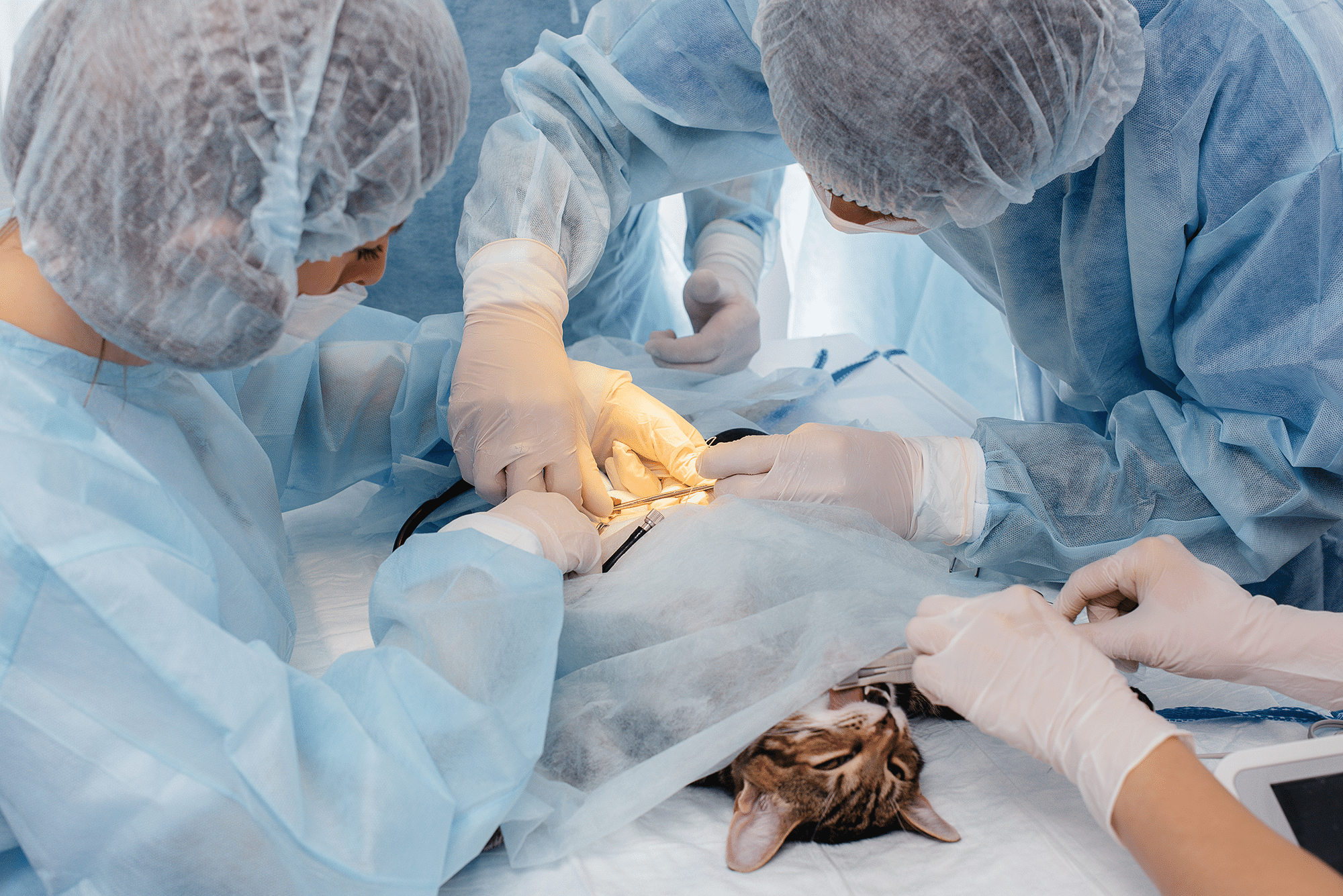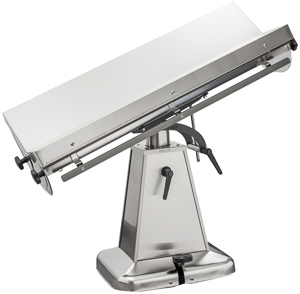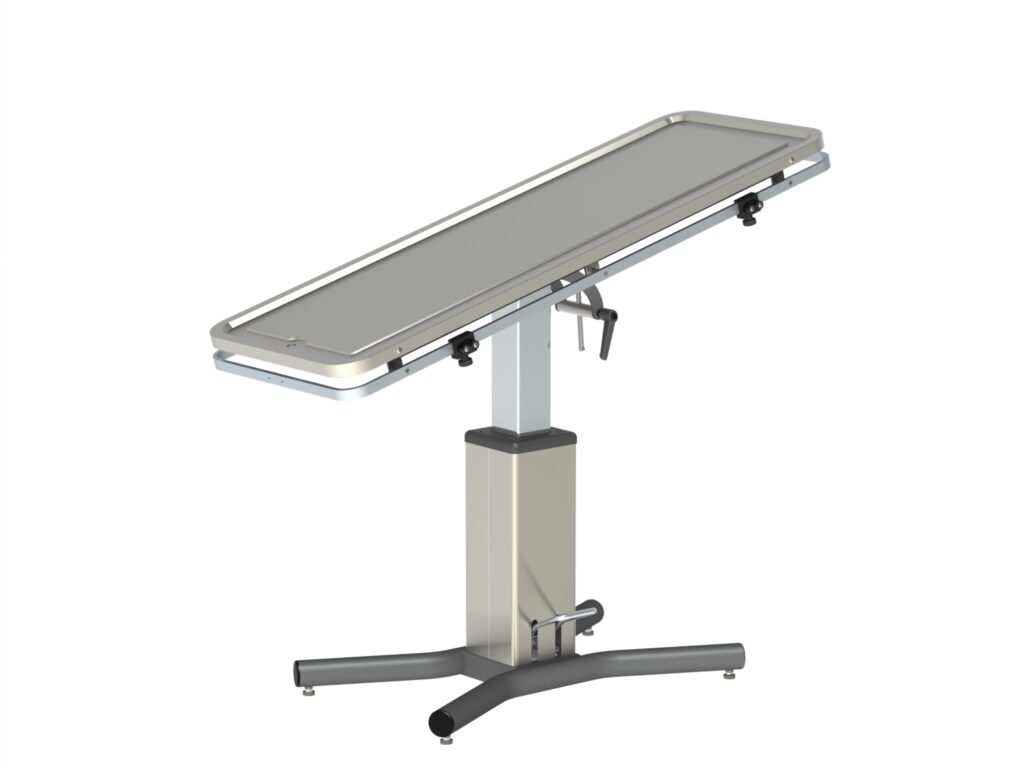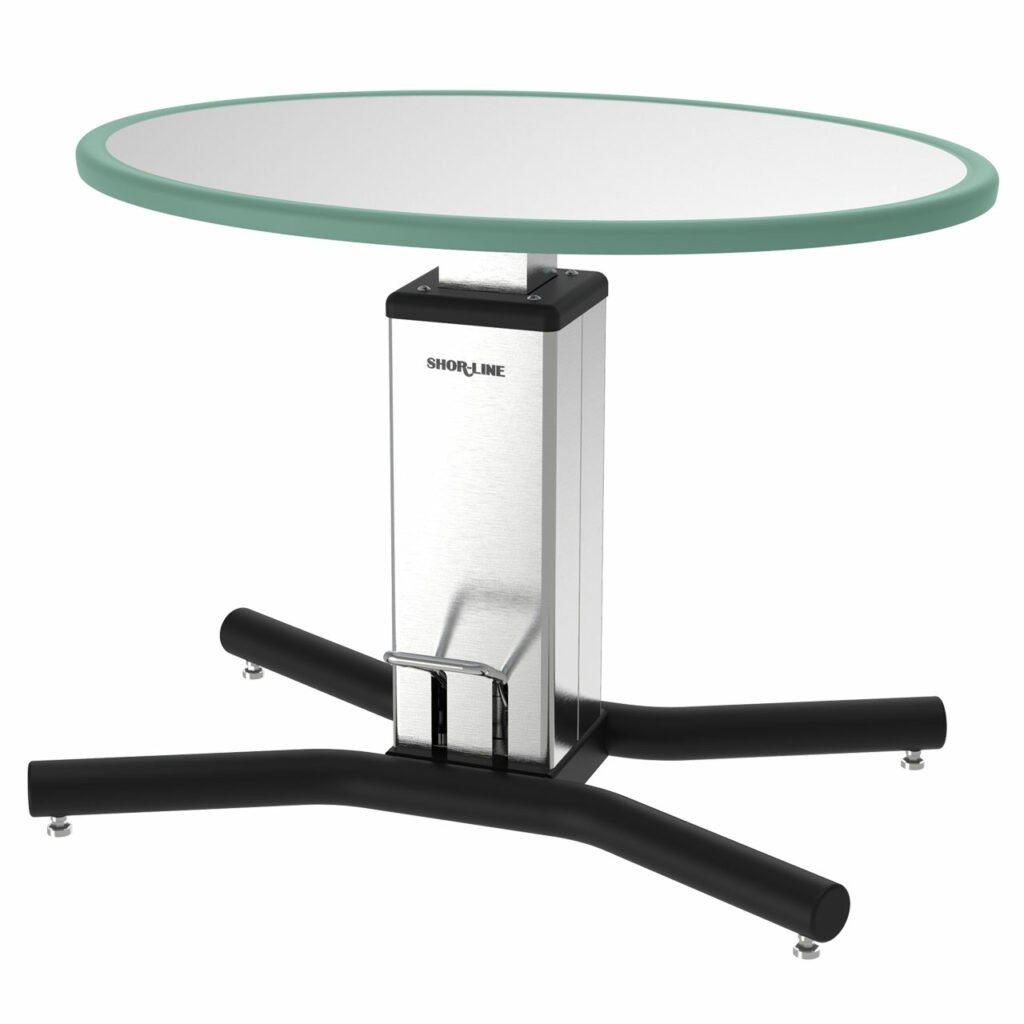Veterinary Surgery Ergonomics

Making Changes Could Reduce Pain and Increase Job Satisfaction
Sara White of the Spay ASAP Inc., in Hartland, VT, published a study of musculoskeletal discomfort in spay and neuter veterinarians. She conducted surveys of 219 veterinary surgeons who performed a minimum of four hours a week of surgery. She surveyed 219 veterinary surgeons who performed a minimum of four hours a week of surgery.
“Hand pain was most common in the right thumb and wrist, and body pain was most common in the lower back, shoulders and neck,” the study reported.
A surprising finding of the study is that almost all surgeons (99.1%) reported at least some pain. The surgeons attributed their hand pain to surgery, and the most reported pain was thumb pain. This reinforces a trend of musculoskeletal pain being reported in the veterinary industry.
Understanding the Risks
The American Veterinary Medical Association (AVMA) issued guidelines to help veterinarians and staff members prevent over-use injuries. Creating better processes can assist hospitals in

working toward better ergonomics and therefore better working conditions. Creating better processes can assist hospitals in working toward better ergonomics and therefore better working conditions.
Ergonomics is the science and study of work. The goal is to use ergonomics to create a better fit for people at work to help improve not just their work performance but also their wellness, safety and health.
Concerns for Worker's Compensation
Another concern is the challenge of worker’s compensation costs. Both overuse and acute work injuries affect worker’s compensation insurance. According to the Bureau of Labor Statistics, the veterinary services profession was the second most likely to have nonfatal injuries in 2016, more than police officers and firefighters.
“About 12 percent of people in the veterinary services profession reported work-related injuries or illnesses—four times the average for all professions,” according to the AVMA article, “Hurt at Work”.
Making changes to reduce painful overuse injuries benefit you, your staff and your worker’s compensation rates.
Ideas for Improving Ergonomics in the Surgery Suite
There are ways to help reduce the musculoskeletal pain being reported in the veterinary industry. The AVMA recommends working with the entire veterinary team to identify ways to improve conditions. Following are considerations for improving ergonomics in the surgical suite.
Surgery Table Height
Most hospitals have several veterinarians performing surgery, and it wouldn’t be unusual these days for one veterinarian to be 5’ tall and the other 6’5” tall. For both surgeons to operate efficiently and comfortably, the ta
ble needs to adjust height easily. (Shor-Line Classic Surgery Tables accept height extenders, if needed.)
Surgery Table Width. Just like height, surgeon arm length will vary. Reaching across a surgery table might not be an issue the first time, but the repeated strain can add up. “Positioning the patient closer to the surgeon may also alleviate ergonomic stress on the neck, shoulders, and back,” according to “Ergonomics in an Office Based Surgery: A Survey Guided Observational Study,” Dermatological Surgery (2007).

The table configuration can help as well. The Continuum Surgery Table has an “X” base that allows the surgeon to step up to the table while maintaining foot room directly underneath.
Surgery Postures. Most surgeons indicated they were aware of the need for good surgery postures but only 12.3% said they had received any surgery posture training during veterinary school. The goal is not to have to bend at the waist. Repeated bending at the waist can cause lower back pain and potential damage. Instead, find a work height that allows hands, wrist and shoulders to operate in a relaxed position without needing to overextend. A surgery table with adjustment options will help.
Neck and spine positioning. Maintaining a neutral spine is one of the most important things surgeons can do to limit neck and back pain. The neck should not tilt more than 15 degrees when working. And, extending down the spine, the torso should not tilt more than 20 degrees. Also, watch the shoulders. Avoid “hunching” when working. Try to keep shoulders squared off to the table. Adjusting the surgery table height and positioning can help.
Treatment Area Options
Many of the same concerns exist for procedures conducted in the treatment area. One of the newest low-stress options is the Feline LS Exam Table. It features a hydraulic jack that lifts the oval table. The oval shape allows an assistant to easily lend a hand for non-sterile procedures, helping to keep everyone’s posture in an advantageous position.
Solutions for the Hospital Pre-Op and Post Op
The staff usually bring the pet to and from the surgery. Only 9% of worker’s compensation claims in veterinary hospitals come from veterinarians, which means the majority of claims come from staff.

Getting the dog safely to the surgery often requires bending, lifting and twisting. One of AVMA’s suggestions for reducing risk explains “a practice may purchase lift tables to reduce the exposure to injury when lifting larger or heavy pets/animals.”
Mobile lift tables provide great solutions to help staff lift and move animals. For example, both the Mobile Animal Lift Table and the Co-Jack Multi-Purpose Table fold down to make it easier to transfer a pet. Restraints allow the pet to be securely transported within the facility.
A Plan Moving Forward
The AVMA suggestion of conducting an inventory of hazards with full staff participation is a great starting point. Each staff member can admit to what causes pain or concern, and the team can brainstorm solutions.
Dr. Crista Hale has been the large animal veterinarian who has been injured as well as a Center for Disease Control (CDC) official working to improve occupational health. In “Hurt at Work, she said clinic owners and managers can help protect their workers and create a climate of safety in their practices.
Many injuries, including over-use injuries, are preventable. Identifying the problems and moving forward with solutions can reduce injuries and increase job satisfaction for everyone in the hospital.